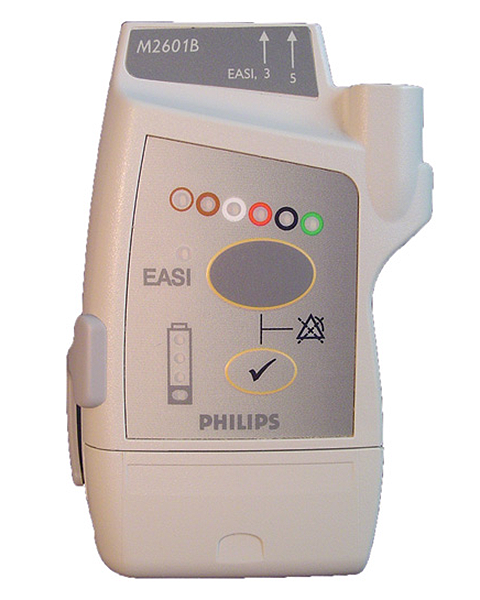
Telemetry, the automatic transmission and measurement of hospital data from remote sources, is a vital part of any medical facility. Telemetry devices perform ambulatory/cardiac monitoring of patients who are wearing monitors to track their vital signs, as well as collecting the data for tracking and alert purposes. Remote access points placed all over the hospitals track the patients everywhere they go.
OIT recently partnered with Emory Healthcare IS to switch the healthcare system’s telemetry solution from GE Space Labs to Philips Telemetry. St. Joseph’s hospital was already using Philips Telemetry and the new configuration will integrate all of the hospitals in the Emory system. The new setup will utilize a main monitoring control room in St Joseph’s and satellite monitoring rooms in each of the other facilities.
From a UTS perspective, Emory Healthcare IS (EH-IS) approached us about connecting the St. Joseph’s system to the network and setting up communication with the other facilities. Usually, Philips provides an all-in-one solution but EH-IS wanted UTS to provide the network switches so that we could maintain them.
Thus far, we have installed 36 network switches, pulled thousands of feet of cable and installed 300 direct connect APs and 400 remote APs for this project.
“One unique thing about this project is that it is a self-contained network (separately switched) that doesn’t touch Emory equipment until it reaches the routing layer (layer 3),” says lead engineer Alex Berry (Infrastructure). “This is significant because normally different networks share the same equipment. This hardware is completely separate, all the way down to the fiber connections. They don’t even share the master switches with the rest of the building.”
Philips wanted the solution this way so that they could “certify” that it only contained their product and could be troubleshot without having to worry about other encumbrances of other devices of any kind.
As project manager, I’d like to recognize the work of Alex, Winfred Sneed (Infrastructure), and Jimmy Kincaid (Infrastructure), who provided a multicasting routing solution.
There are three main ways of communicating over the network: Unicast (making copies of the datastream for each interested host), Broadcast (copying the data indiscriminately to all hosts) and Multicast (sending one copy of the data and using network devices to replicate that copy to interested hosts. Multicasting is more efficient but considerably more complicated. Since Jimmy designed the new core network, he ensured the design met OIT’s standards for reliability / availability. “I worked closely with Philips and the Network Engineering team to communicate our technical requirements and ensure proper integration of the new equipment into our core network at EUHM and White Street,” said Jimmy.
Planning for Emory Healthcare’s Main campus begins next week and this portion of the project will likely be the largest scale of them all.

Leave a Reply